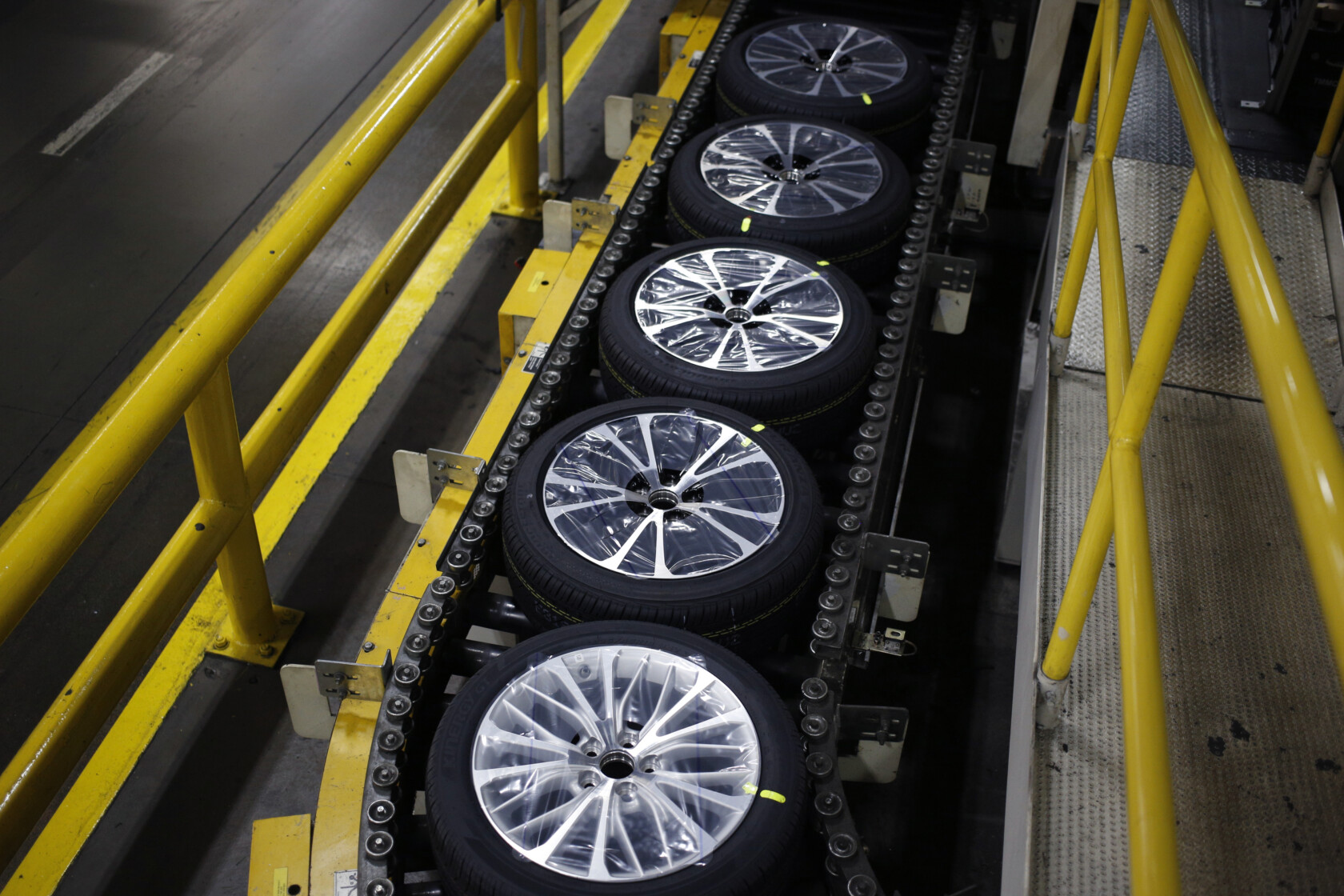Can a Voluntary Consumer Product Safety Commission Recall Short-Circuit Costly Class Action Litigation?

Manufacturers should add “possible class action defense” to the list of considerations when evaluating whether to conduct a voluntary recall of a consumer product, particularly when class action litigation is threatened or imminent. Rather than waiting to address issues reactively, a voluntary recall may help proactively squelch costly class action litigation before it gets off the ground. This is true because a voluntary recall, particularly one with robust remedies for consumers, may moot certain claims or eliminate standing under the “live case or controversy” requirements of Article III.
Consumer product recalls[1] are familiar to manufacturers, retailers, and consumers. Most manufacturers and retailers are likely aware that the U.S. Consumer Product Safety Commission (CPSC) has the authority to compel an involuntary recall.[2] However, the CPSC prefers and generally provides other options for manufacturers, distributors, and retailers, including voluntary recalls (for example, under the Fast-Track Program) that often provide the same types of remedies sought in class action litigation.[3]
To be sure, any consumer product recall can present challenges to manufacturers and retailers that range from cost to reputational damage. That said, if navigated correctly — particularly when the need for a recall is obvious — a voluntary recall can serve to save costs and protect a reputation by removing potentially dangerous products from the market. Voluntarily recalling and remedying potentially problematic products as quickly as possible could minimize or eliminate the potential harm that a defective (or potentially defective) product can cause that would lead to litigation in the first place.
Manufacturers and retailers faced with this reality should consider how to frame the remedies they will provide in an effort to shut down potential follow-on litigation from those seeking to take advantage of a ready-made consumer class action.
For example, providing customers belonging to a potential putative class with a robust remedy via a voluntary recall (e.g., fixing or replacing a product) can strip a court of potential avenues of redressability — thus knocking out a key pillar[4] of putative class members’ Article III standing. Similarly, proactively providing a robust remedy to customers that might otherwise belong to a putative class can short-circuit class litigation on mootness grounds.
Three recent decisions illustrate the value of a voluntary recall: one involving a voluntary CPSC recall, and two involving voluntary recalls from the National Highway Traffic Safety Administration (NHTSA).
Last year, a manufacturer of batteries designed for residential energy storage successfully moved to dismiss a class action lawsuit against it on mootness grounds after initiating a voluntary recall in conjunction with the CPSC.[5] The manufacturer in that case announced a pre-suit voluntary recall as part of the CPSC’s Fast Track Recall Program of certain batteries that had potential for overheating, notifying consumers that they would receive replacement products.[6] After announcing the recall, a class action complaint was filed against the manufacturer alleging violations of California’s Consumers Legal Remedies Act and California’s Unfair Competition Law. The manufacturer moved to dismiss, and the court, in granting the manufacturer’s motion, held:
Here, Defendant provided a timely response to Plaintiff and had already initiated its recall program, which is being monitored by CPSC, and will provide replacement products and renewed warranties to consumers. Therefore, Plaintiff’s CLRA and UCL claims should be dismissed because there is no live case or controversy as required under Article III. The Court finds that Defendant’s recall program adequately addresses and remedies the alleged [ ] battery defect and, thus, any alleged injury on which Plaintiff bases [his] claims appears to be moot.[7]
Fiat Chrysler Automobiles (FCA) obtained a similar result in a Georgia-based putative class action in Ward-Richardson, et al. v. FCA US LLC.[8] The putative class brought a suit alleging an electrical defect in a particular Jeep vehicle. After the lawsuit was filed, FCA worked with the NHTSA to voluntarily recall the model of Jeep affected, including the vehicles targeted by the lawsuit as well as vehicles not implicated by the litigation. FCA notified the owners and lessors of the vehicles, acknowledged the existence of a defect, and, in doing so, offered to repair the defect for free or reimburse those who had already paid to repair the defect. The district court later granted FCA’s motion to dismiss the complaint, holding that the recall “provides Plaintiffs with precisely the relief they seek through th[is suit]. Therefore, any additional relief that this Court could award would constitute an impermissible double recovery.”[9]
Finally, earlier this year, a district court in Michigan dismissed a putative class action against Ford Motor Company in similar fashion. In Letson v. Ford Motor Co.,[10] a putative class of plaintiffs alleged defects related to fuel injectors and the alleged resultant fire risk in certain Ford vehicles. Before the suit was filed, Ford initiated a voluntary recall for the affected vehicles, offering free repairs and advising drivers of the affected vehicles on ways to mitigate potential fire risk. Despite the plaintiffs disputing the recall’s adequacy, the district court granted Ford’s motion to dismiss on prudential mootness grounds.[11]
As these examples illustrate, voluntary recalls may offer manufacturers, distributors, and retailers an effective mechanism of mitigating the risk and potentially ending costly class action litigation.
[1] See Consumer Product Safety Improvement Act (CPSIA), 15 U.S.C. § 2064(b). As an initial matter, the CPSIA requires any manufacturer, importer, distributor, or retailer of a consumer product within the CPSC’s purview to inform the CPSC “immediately” upon the receipt of information that “reasonably supports the conclusion that such product:
(1) Fails to comply with an applicable consumer product safety rule or with a voluntary consumer product safety standard upon which the [CPSC] has relied under section 9;
(2) Fails to comply with any other rule, regulation, standard, or ban under [the CPSIA] or any other Act enforced by the [CPSC];
(3) Contains a defect which could create a substantial product hazard . . .; or
(4) Creates an unreasonable risk of serious injury or death.”
[2] See 16 C.F.R. §§ 1115.23—1115.29.
[3] See, e.g., Consumer Product Safety Commission, Learn About the Fast-Track Program,https://www.cpsc.gov/Business–Manufacturing/Recall-Guidance/CPSC-Fast-Track-Recall-Program (last visited June 4, 2024).
[4] TransUnion LLC v. Ramirez, 594 U.S. 413, 423 (2021) (citing Lujan v. Defenders of Wildlife, 504 U.S. 555, 560-561 (1992) (“[I]f the plaintiff does not claim to have suffered an injury that the defendant caused and the court can remedy, there is no case or controversy for the federal court to resolve.”)(citation omitted) (cleaned up).
[5] Charlton v. LG Energy Sol. Mich., Inc., No. 321CV02142RBMJLB, 2023 WL 1420726 (S.D. Cal. Jan. 31, 2023).
[6] Id. at *5.
[7] Id. (internal record citation and marks omitted).
[8] Ward-Richardson, et al. v. FCA US LLC, 2:21-cv-235, 2023 WL 5767481 (N.D. Ga. Sept. 6, 2023).
[9] Id. at *5.
[10] Letson v. Ford Motor Co., Case No. 23-10420, 2024 WL 845844 (E.D. Mich. Feb. 28, 2024).
[11] Id. at *4 (“Because plaintiffs only hypothesize that the recall leads to safety and environmental issues and do not otherwise show an actual or imminent, post-recall injury, plaintiffs’ claims are prudentially moot.”)


